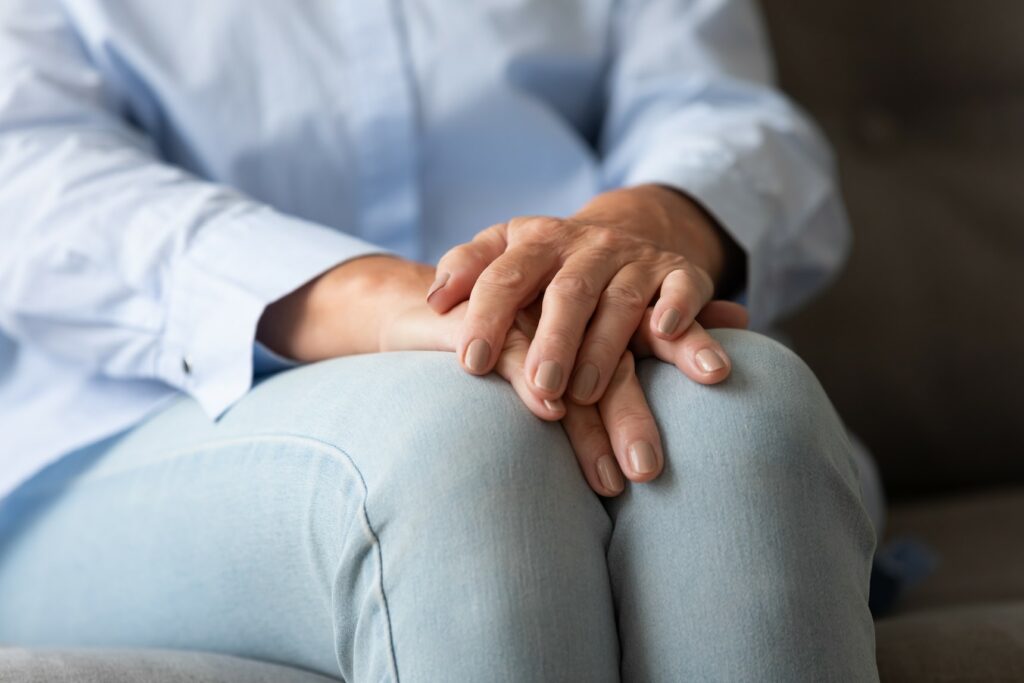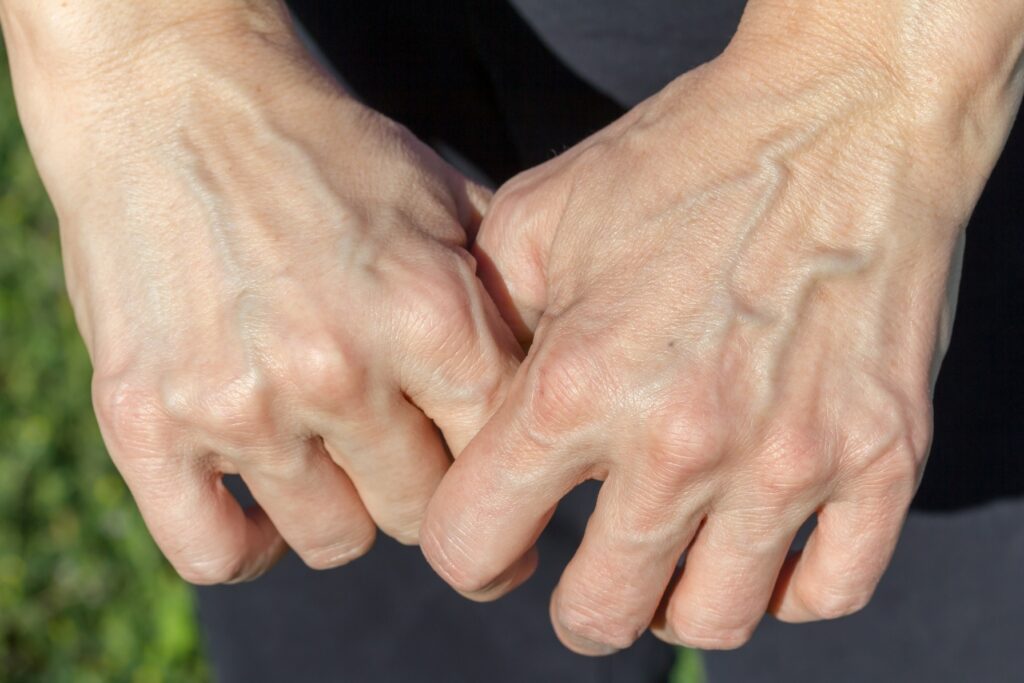
How Does Weight Impact Varicose Veins?
Varicose veins occur as a result of weak or damaged vein walls and valves within veins. Numerous things contribute to this condition and increase the risks of developing varicose veins – but what role do obesity and being overweight play?
The impact of carrying extra body weight is known to have significant ramifications on many body systems – from putting extra strain on the heart, lungs, bones, joints, and muscles to negative effects on hormones and organ function, and increasing the risk of developing everything from arthritis to heart disease, stroke, depression, diabetes, infertility, and several cancers.
Venous Disease is another condition that can cause an array of issues, from cosmetically annoying spider veins to uncomfortable or painful varicose veins and more medically-significant issues like venous ulcers and even blood clots.
Being overweight or obese does indeed also contribute to the development of varicose veins – especially for women.
Overweight and Obesity
Overweight and obesity are defined by the World Health Organisation and based on BMI, or Body Mass Index.
BMI is calculated by dividing a person’s weight in kilograms by the square of their height in metres. While it does have some limitations (for example, it does not consider bone density, frame size, age, biological sex, or relative muscle mass) BMI is a useful population-level standard measurement for adults.
• Being overweight is considered to be abnormal fat accumulation with a BMI of 25 or more.
• Obesity is considered to be excessive fat accumulation with a BMI of 30 or more.
• Clinically severe or morbid obesity are terms used for people who have a BMI of over 35 or 40.
(BMI is not considered to be accurate for certain ethnic groups (including Australian Aboriginal and Torres Strait Islander and Asian), people under 19 years of age, pregnant women, elite athletes with very high muscle mass, and people with health conditions that impact their fluid levels).
Around 67% of Australians are overweight, with almost 20% considered obese. 10% of Australians are morbidly obese – and we rank highly in a global context for obesity rates.
Obesity Directly Contributes to Varicose Veins
Having robust vein valves is critical to maintaining healthy blood flow throughout the body. If you are carrying too much weight, this puts extra pressure on the veins – especially those in the legs, which are already more vulnerable to damage due to the effects of gravity. This results in them needing to work considerably harder to send blood back to the heart and making them prone to leaking, swelling, expanding, and weakening. The valves can sometimes fail altogether – with blood flowing backwards and pooling in the lower legs and ankles.
Being overweight or obese may also compromise blood exchange between other veins, both superficially and deeper. Severe varicose veins compromise the surrounding tissues and can lead to ulcers on the legs and other serious issues.
Diagnosis and Treatment Concerns…
It’s not just the development of varicose veins for which carrying excess weight is a concern. Being overweight can also hide varicose veins under the skin, with excess fat masking the veins from view through the skin. Diagnosis can be more complicated for people who are overweight, especially with morbid obesity, as excess fat can hide some venous abnormalities and inhibit the effectiveness of medical imaging techniques.
It may even make treatments more difficult to provide, as affected veins become more difficult to access when covered by significant layers of fat.
How Does Weight Loss Help Varicose Veins?
Losing weight can help enormously!
You do need to understand that losing weight will not “fix’ existing varicose veins – but it does offer other significant benefits. Not only is maintaining a healthy weight and BMI the key to your overall good health both now and in the future, but it takes some pressure off the veins and helps to:
• Prevent new varicose veins from developing
• Prevent existing varicose veins from worsening
• Improve circulation and maintain better cardiovascular health
• Make it easier to remain physically active and maintain leg muscle strength – which improves vein health
• Alleviate some of the pain and discomfort of diseased veins
• Enable easier diagnosis and treatment of vein disease
Being overweight makes the chance of recurrence after varicose vein treatment much higher and thus the treatment success rate lower. To obtain the best long term outcomes after any form of vein treatments, it is highly beneficial if weight is kept in the normal range.
It’s not just the legs that can develop varicose veins, either. Losing weight can help reduce your risks of issues like vulvar varicosities, haemorrhoids, and varicoceles.
You should understand that losing weight can make existing varicose veins more obvious. This is because you are losing layers of fat from under the skin which had hidden the veins. Your veins are not worse for losing weight.
Varicose Vein Treatments in Sydney
You may be unaware that you have varicose veins – especially if you are overweight. If you experience leg heaviness, fatigue, discomfort, throbbing, aching, swelling, dryness, itching, or redness, see your doctor to check.
Have your leg varicose veins assessed and treated promptly at Crows Nest Vein Clinic.
Dr Nicole James offers referral-free, Medicare rebate-approved vein treatments that are world-class and the gold standard of care. Minimally invasive, our treatments are on a walk-in, walk-out basis and do not require hospital admission or a general anaesthetic. As such, recovery times are quicker, and discomfort is minimal.
We offer Ultrasound Guided Sclerotherapy, Endovenous Laser Ablation, or a combination of the two, depending on your unique circumstances.
Call (02) 9906 1555 or email [email protected].



